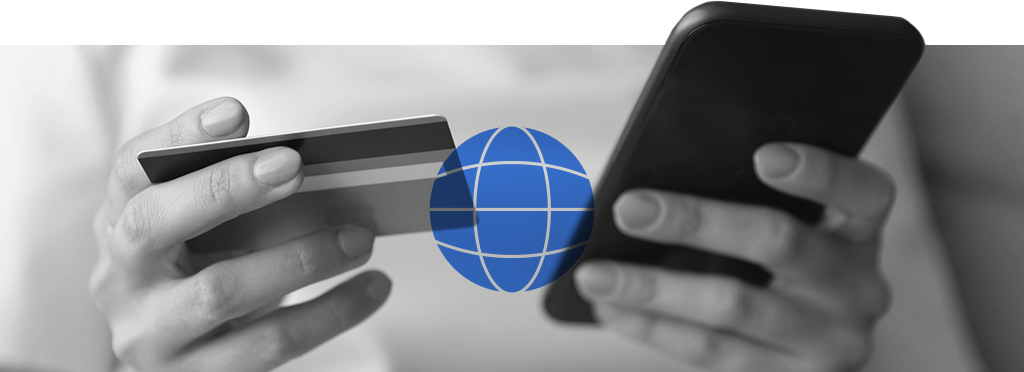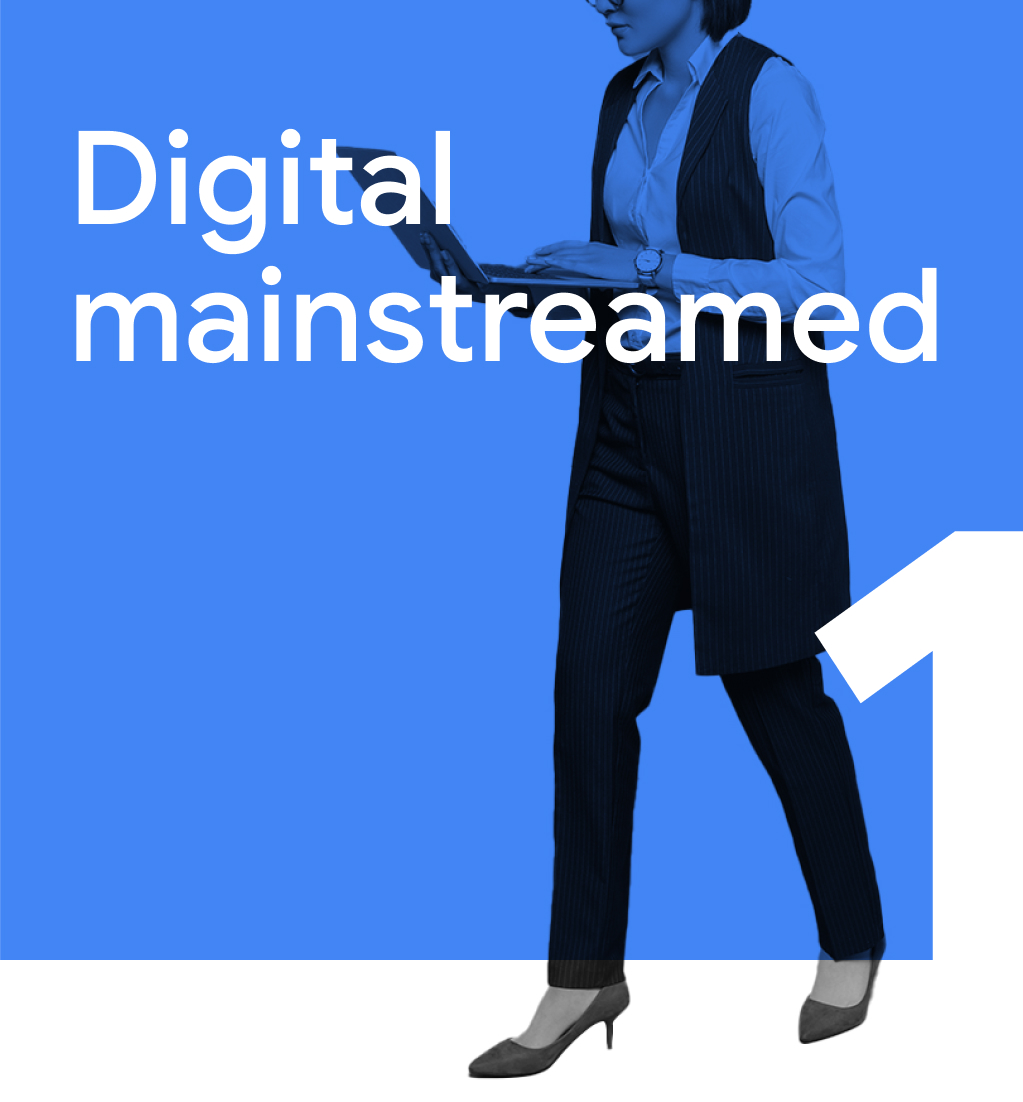
If 2020 saw millions of consumers migrate online, 2021 showed the staying power of digital. From shopping to services, new users who may have begun their online journeys due to necessity are now proactively deepening their usage. Speed, convenience, and price are just a few of the reasons more consumers are now choosing digital-first lifestyles.

In 2021, Indonesia's digital migration continued, with people going online to access services that were disrupted by physical shutdowns. In the first half of the year alone, 21 million Indonesians became new digital consumers. Most of them come from non-metro areas and have said they are interested to continue using digital services.
Even as offline spaces start to open up, consumers who have grown more comfortable with the digital world are still relying on online platforms for discovery. Around 80% of Indonesians say they need a trusted source of information before clicking "buy," and 94% want to read as much relevant information as possible before they make a purchase.1
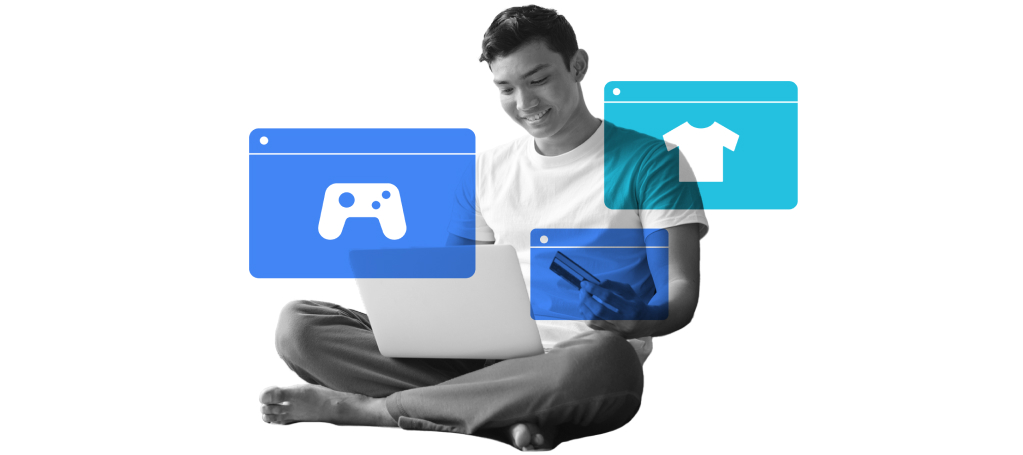
Now that consumer behaviors are no longer fueled only by the pandemic but also by the draw of a digital-first lifestyle, brands need to set themselves up to not only be COVID-proof, but future-proof as well.

New users and businesses online
As more new users come online, growing searches show Indonesian businesses seeking to understand more about digital transformation strategies.

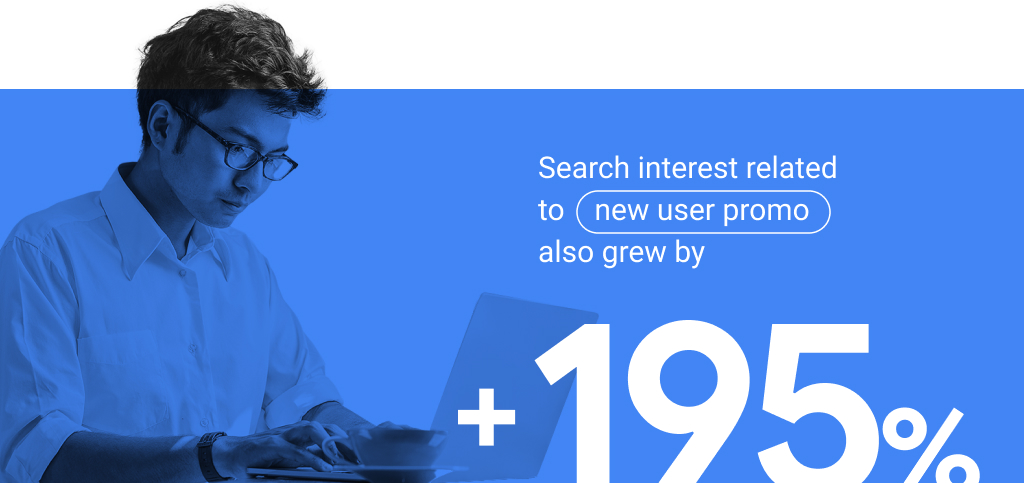

Online-first shopping experiences
Rising searches show that Indonesian shoppers are using digital channels to help them with decision-making, regardless of where they make their purchase. With more products available online, consumers are turning to Search to help them navigate moments of choice paralysis.
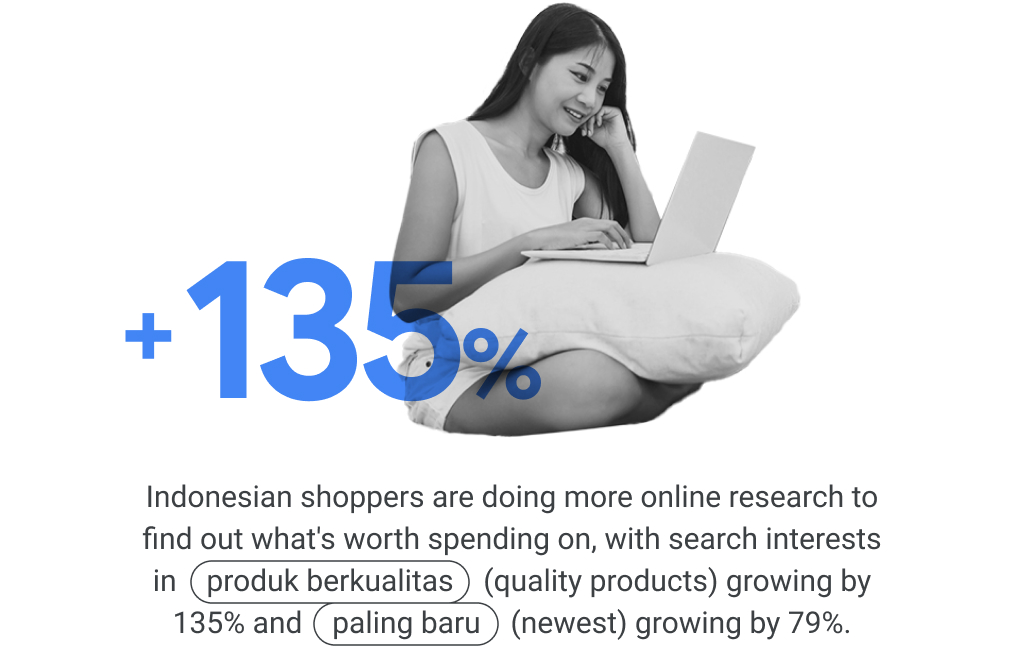
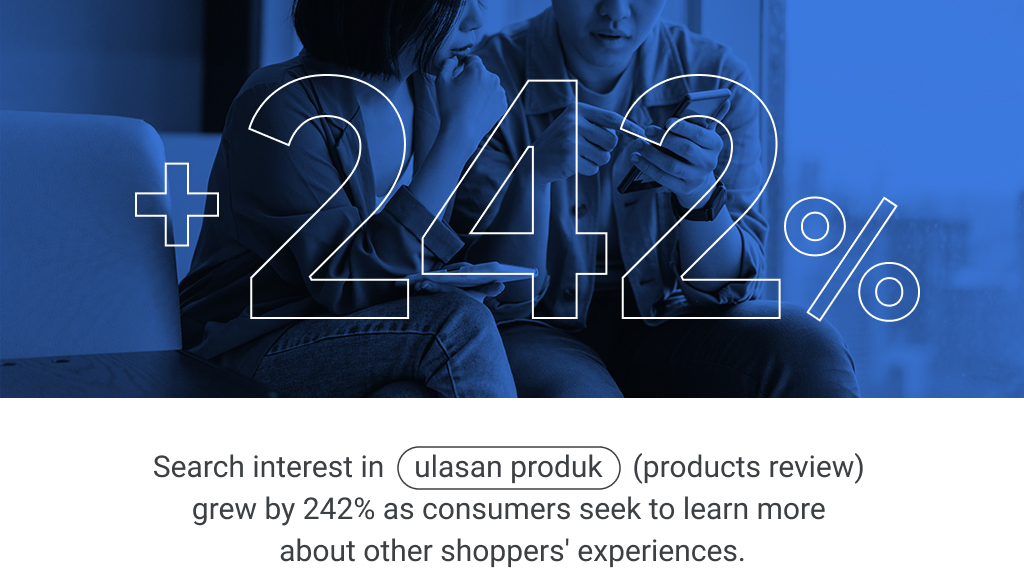
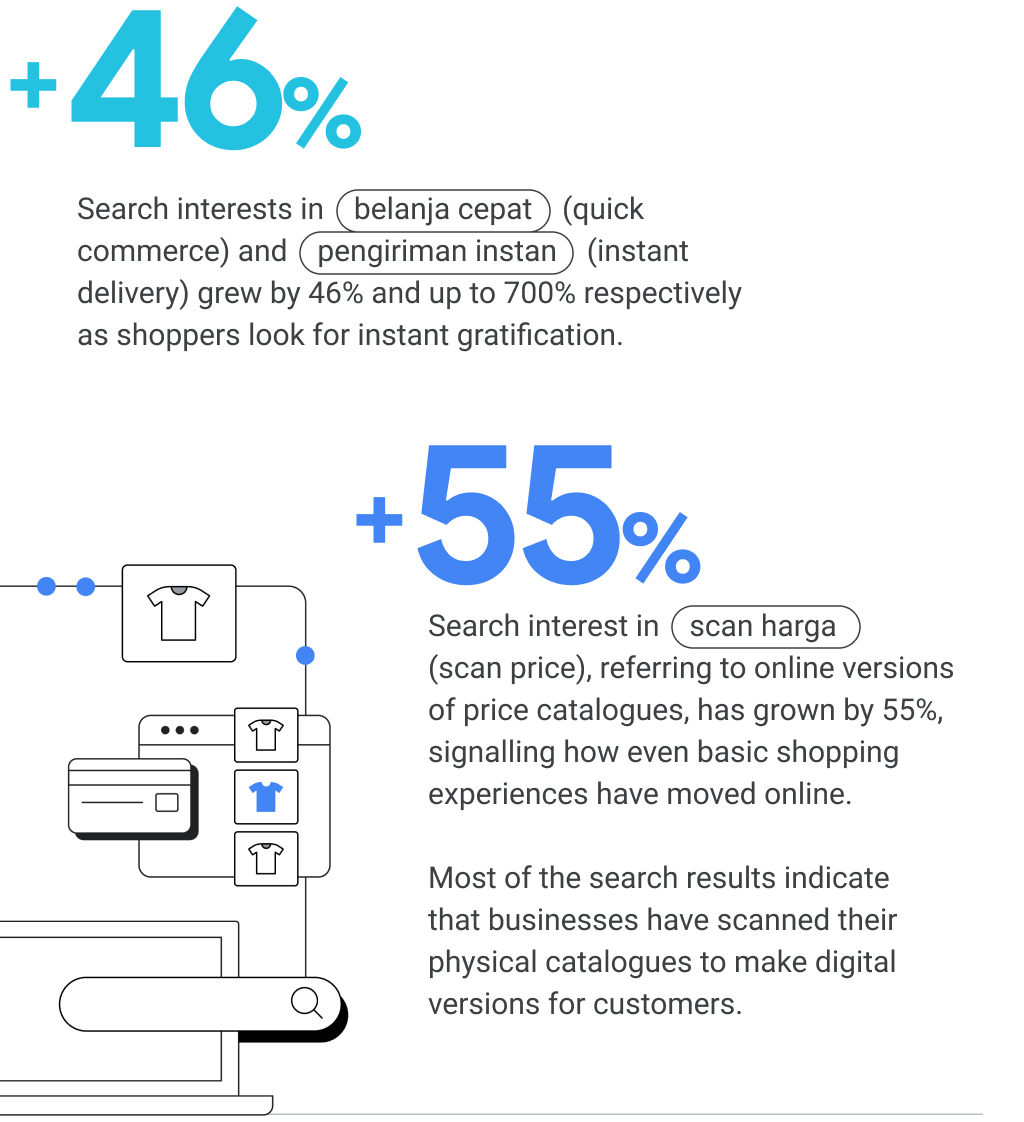
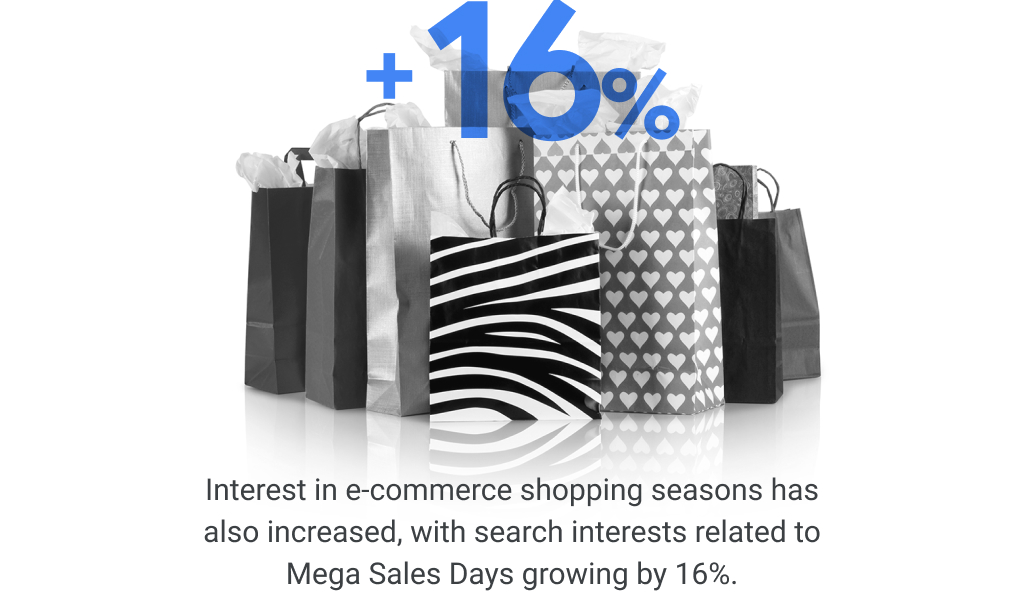
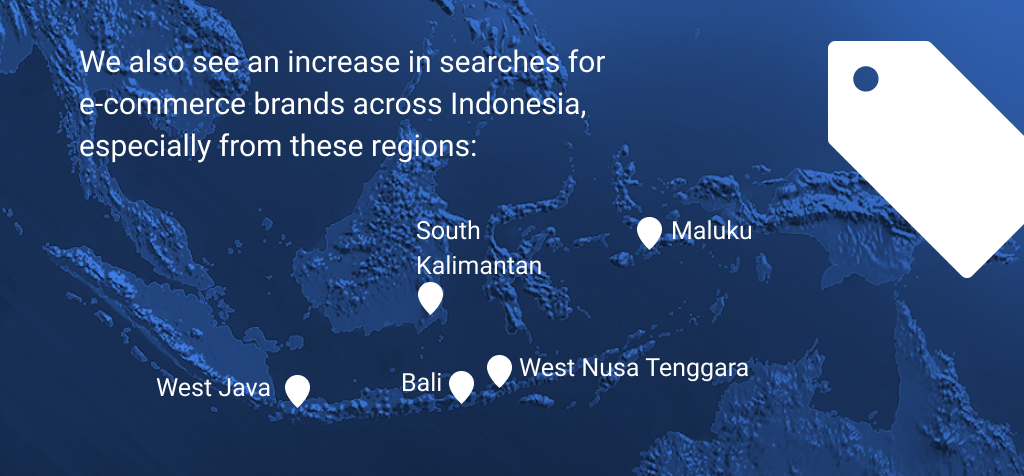
Preference for digital formats
For Indonesians digital entertainment is the way to go. Streaming on connected TV, live commerce, podcasts, and audiobooks are amongst the most popular entertainment formats.
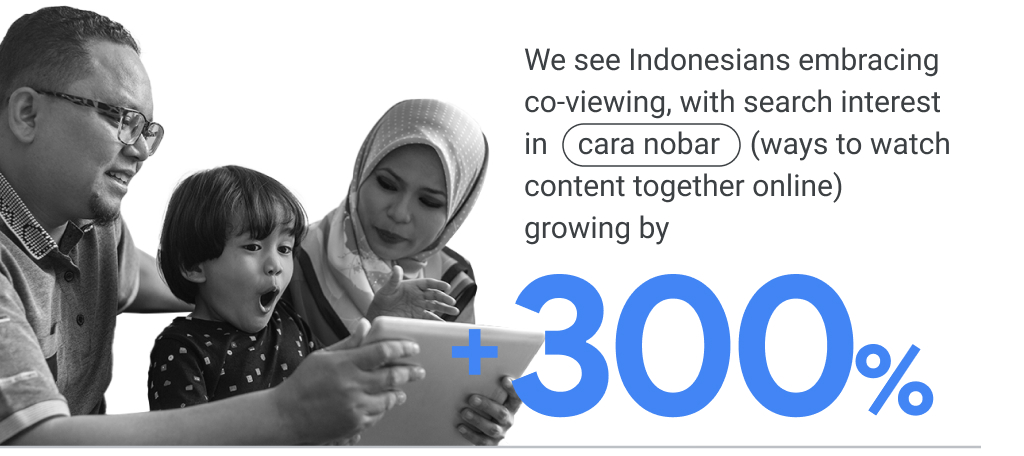
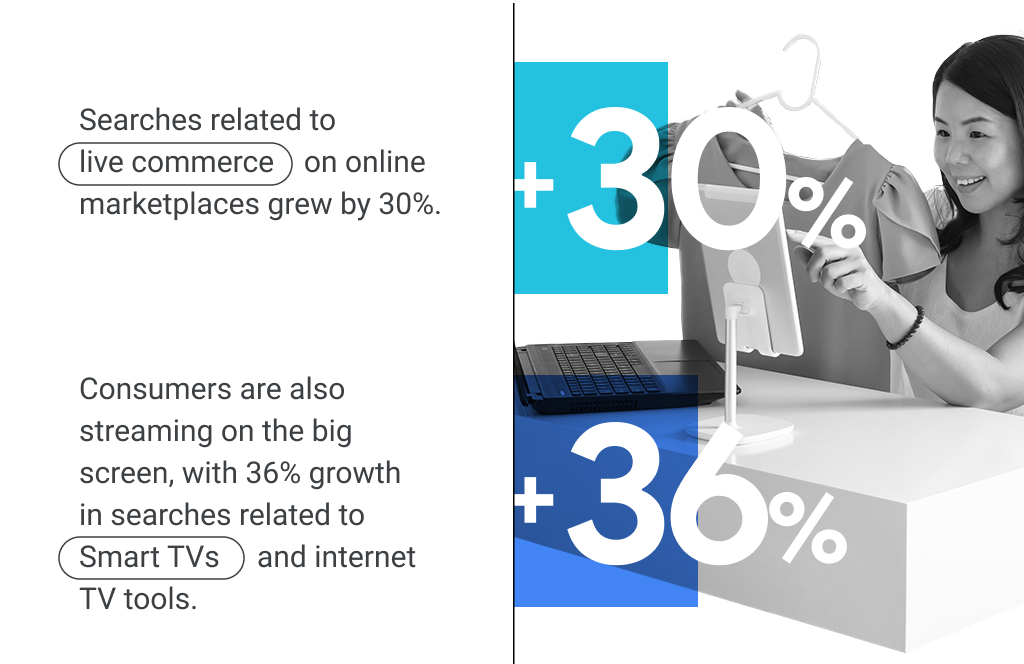
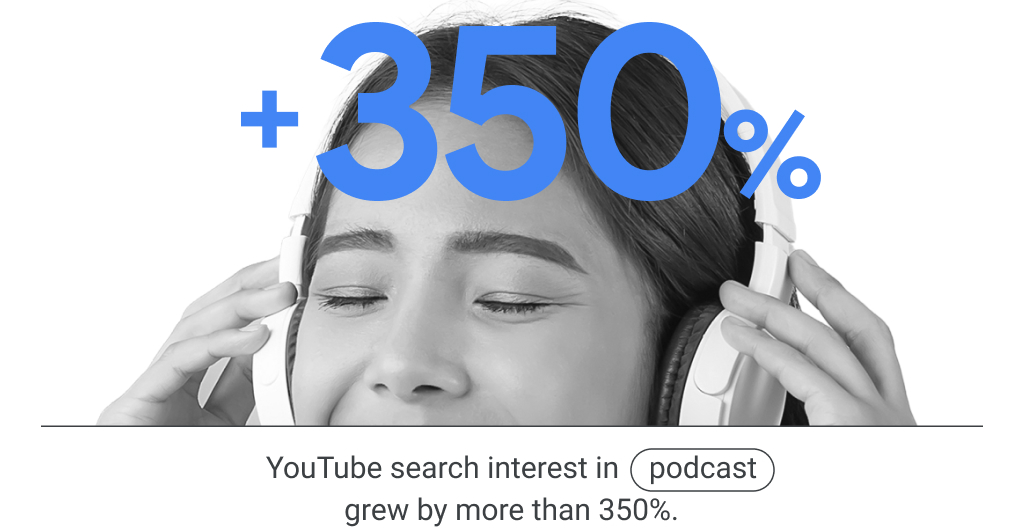
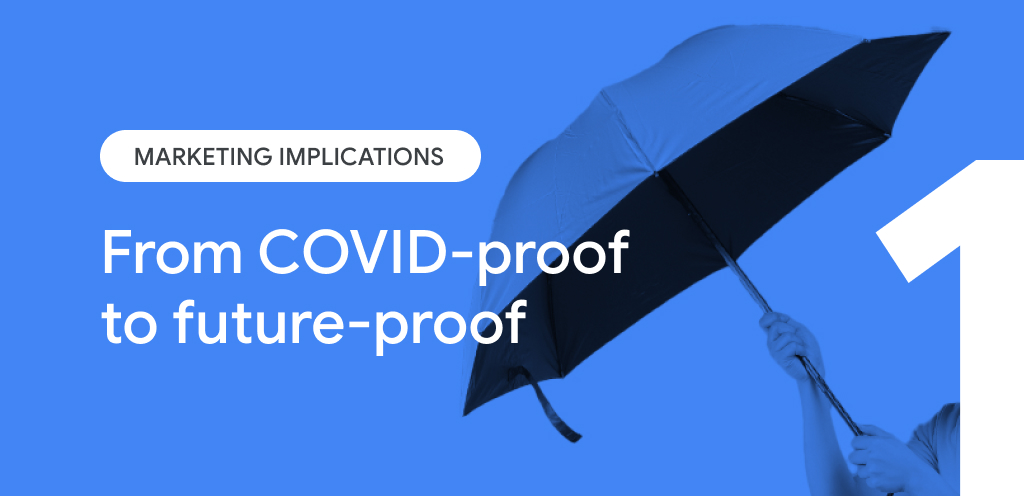
While COVID-19 created an urgency for more people and businesses to meet online, searches reveal a rise in digital-preferred behavior. At first, many brands responded to the initial rush online by finding flexibility in existing marketing strategies to solve for pandemic-related challenges. Now, the fast evolving online landscape calls for a more agile business model that is not only COVID-proof, but future-proof as well.

"What many leaders feared, and the pandemic confirms, is that their companies were organized for… standardization and predictability that's [now] being overwritten by four big trends: a combination of heightened connectivity, lower transaction costs, unprecedented automation, and shifting demographics."

With the magnitude of the shift to online as a preferred channel for so many people in APAC, it’s clear that digital is where the masses are at. This means that channel strategies that only rely on “above the line” advertising for mass reach are fast becoming outdated.
For example, although TV viewership for the Tokyo Olympics hit a record low, advertising budgets did not reflect this shift, with brands still paying as much as ever for commercials. Is your audience and media strategy reflecting the reality of where audiences are today?

Before deciding on your digital advertising strategy, check out best practices and tips for audience reach and segmentation strategies.

Stay on top of the latest consumer insights and best practices across marketing objectives and shopper moments, and use them to inform your digital strategies.

Make your YouTube ad creatives more effective by scrapping these five assumptions and adopting a five assumptions YouTube-first strategy.

E-commerce seasonal sale moments are top of mind for consumers. Our research shows that Indonesian shoppers plan between four to five weeks ahead of sales events, looking out for sneak peaks of upcoming deals2 as they get ready to purchase big-ticket items sitting in their online shopping carts.


JD.ID activated its Beauty and Sales campaign weeks ahead the 9/9 shopping festival to excite customers who are already planning to shop discounted products.

The e-commerce retailer engaged well-known celebrity Cinta Laura as its brand ambassador and made use of creative best practices for its campaign. The result: an awareness lift of 32% and a reach of more than 40 million among its target audience.

Consumers expect to be able to fulfill their shopping needs whenever they need to and wherever they are. We know, however, that purchase decision-making is not linear; there is a web of touchpoints, which differs from person to person. New innovations like Google Lens, for example, help people instantly search and shop online for products they come across anywhere.
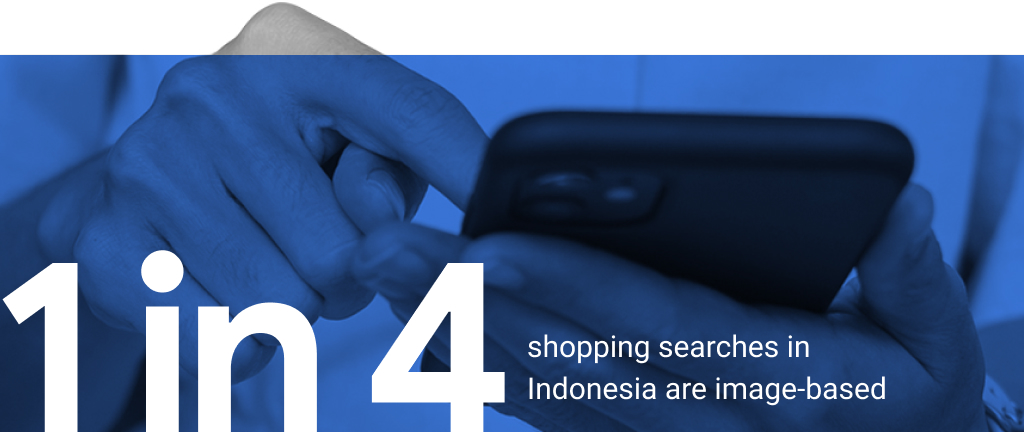
Show up for people searching for what you’re selling by featuring your products on free listings in the Shopping tab on Search.

Shorten the path from your ad to your virtual storefront by connecting your product feed to either Video action campaigns to drive customers to your site, or App campaigns to take them to your mobile app.

Digital is leveling the playing field for businesses. Traditional industry norms such as size of stores and retail legacy matter less in the next normal.3 This means that every brand has the opportunity to enjoy borderless growth, especially those that focus on seamless online-offline experiences for their customers.
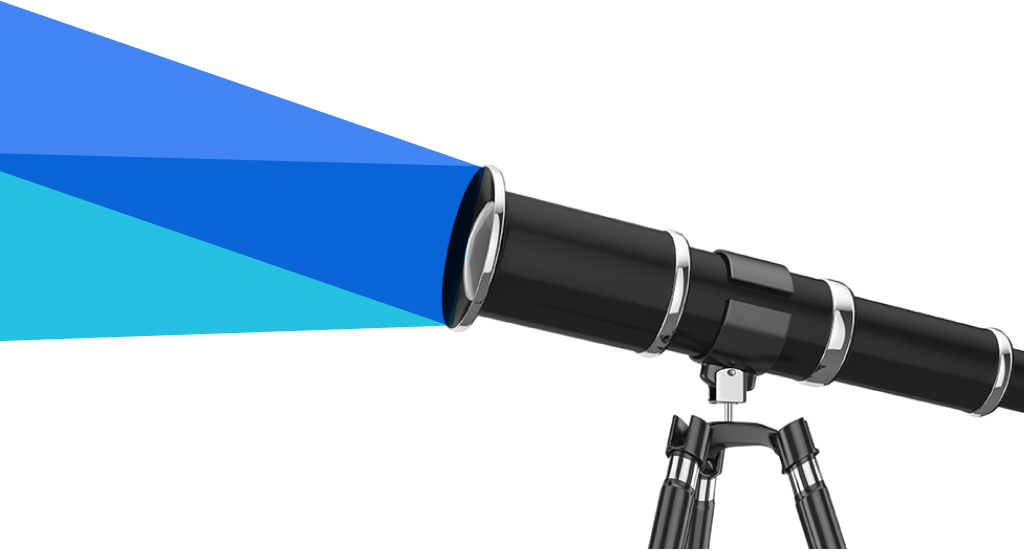

Build an agile omnichannel strategy that enables your business to unlock short-term wins and long-term growth.
Traditionally, having an omnichannel presence meant offline retailers expanding to establish an online presence and finding ways to connect the two. However, given the opportunities for more seamless connectivity between online and offline experiences today, and how it is supported by advancements in marketing technology, channels and formats, distinguishing between “lines'' feels more like a relic of the past.

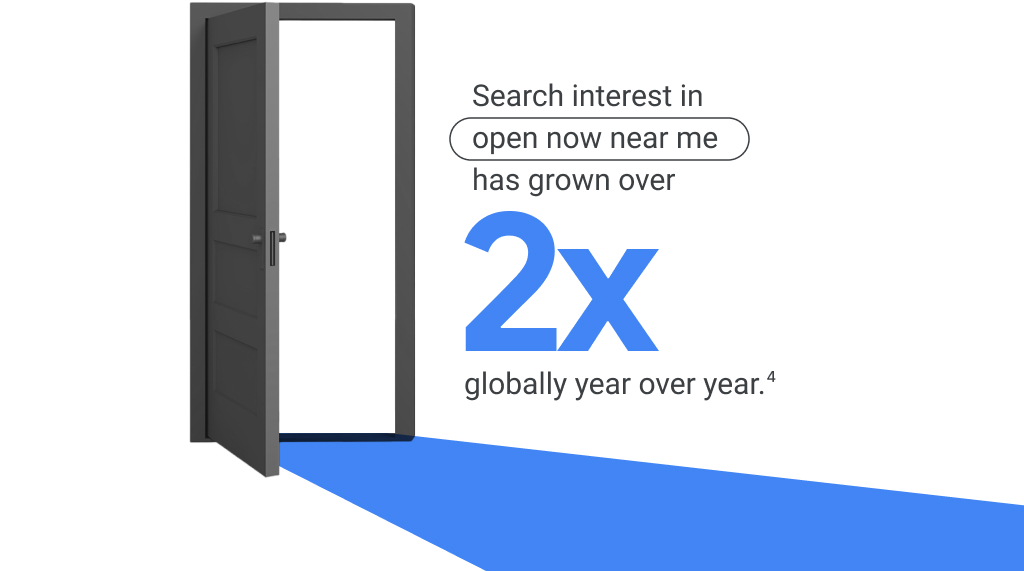
To create a seamless online to offline experience for your shoppers, use Local inventory ads to promote your products that are available for in-store or curbside pickup.

When shutdowns decreased in-store footfall, Samsung Indonesia looked for ways to not only increase online sales but also sustain offline sales.
The brand used Google Search Ads to generate sales leads in real time, which were then allocated to offline promoters to be followed up and converted into sales. Samsung received 6,000 leads within two months and achieved a 40% conversion rate.


Connect and innovate the shopping experience, both online and in-store.
Simply moving a part of your business online will not satisfy the growing consumer demand for a seamless experience. Offer the best of online and offline shopping so that consumers can engage with your brand effortlessly, at their fingertips or in stores.
Get the last mile delivery right. Time and cost savings are the two benefits people value most in online shopping, while shipping fees and long delivery times are deal breakers.

ASTRO is one of Indonesia's first quick commerce platform that offers groceries delivery to customers' doorsteps in under 15 minutes.


Leverage immersive technologies to replicate offline shopping experiences online and elevate the in-store shopping experience.
As more YouTube creators go live to review products and discuss their shopping hauls, livestreaming is becoming increasingly influential in the consumer’s decision-making process. YouTube Masthead enables you to work with creators to maximize the livestreaming opportunity. It also enables you to broadcast your live digital event at the top of the YouTube homepage, expanding your event's reach to relevant audiences.

For the livestream launch of its new smartphone OPPO Reno 6, OPPO Indonesia used YouTube Masthead to increase awareness of the event with pre-live event creatives. Live and post-live event creatives were also used to maximize the number of viewers. In total, 81% of its livestream viewers were acquired via YouTube Masthead.
